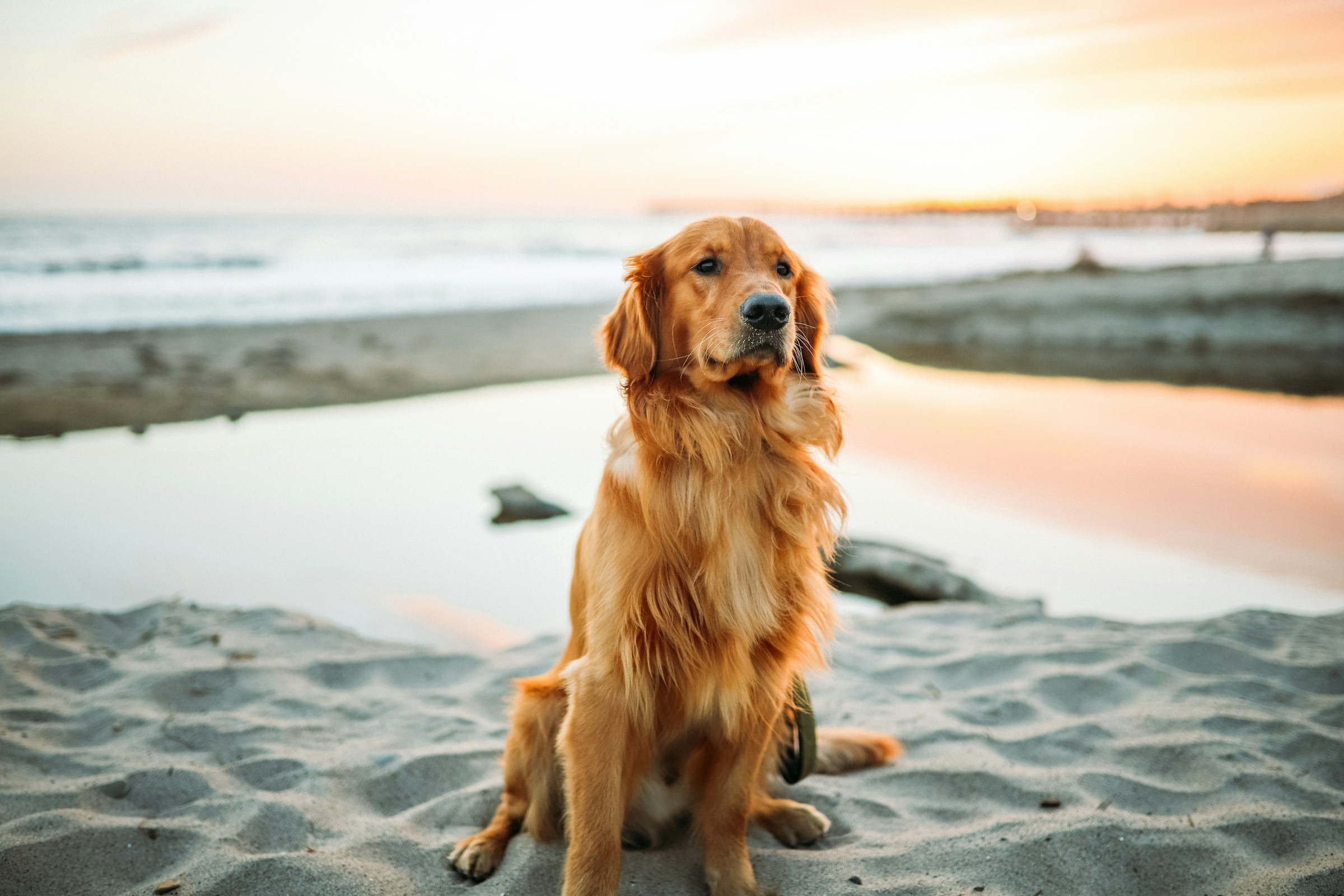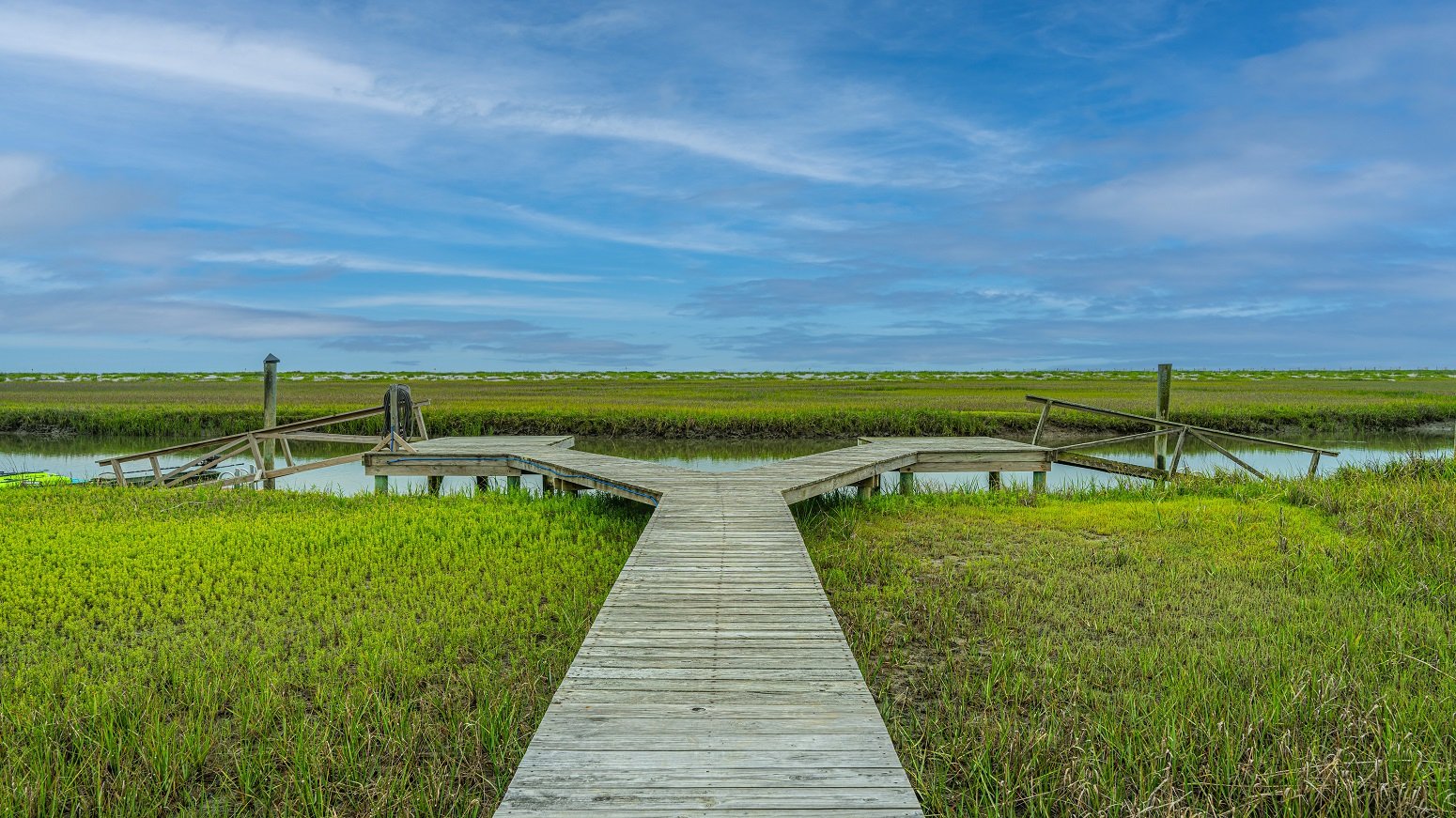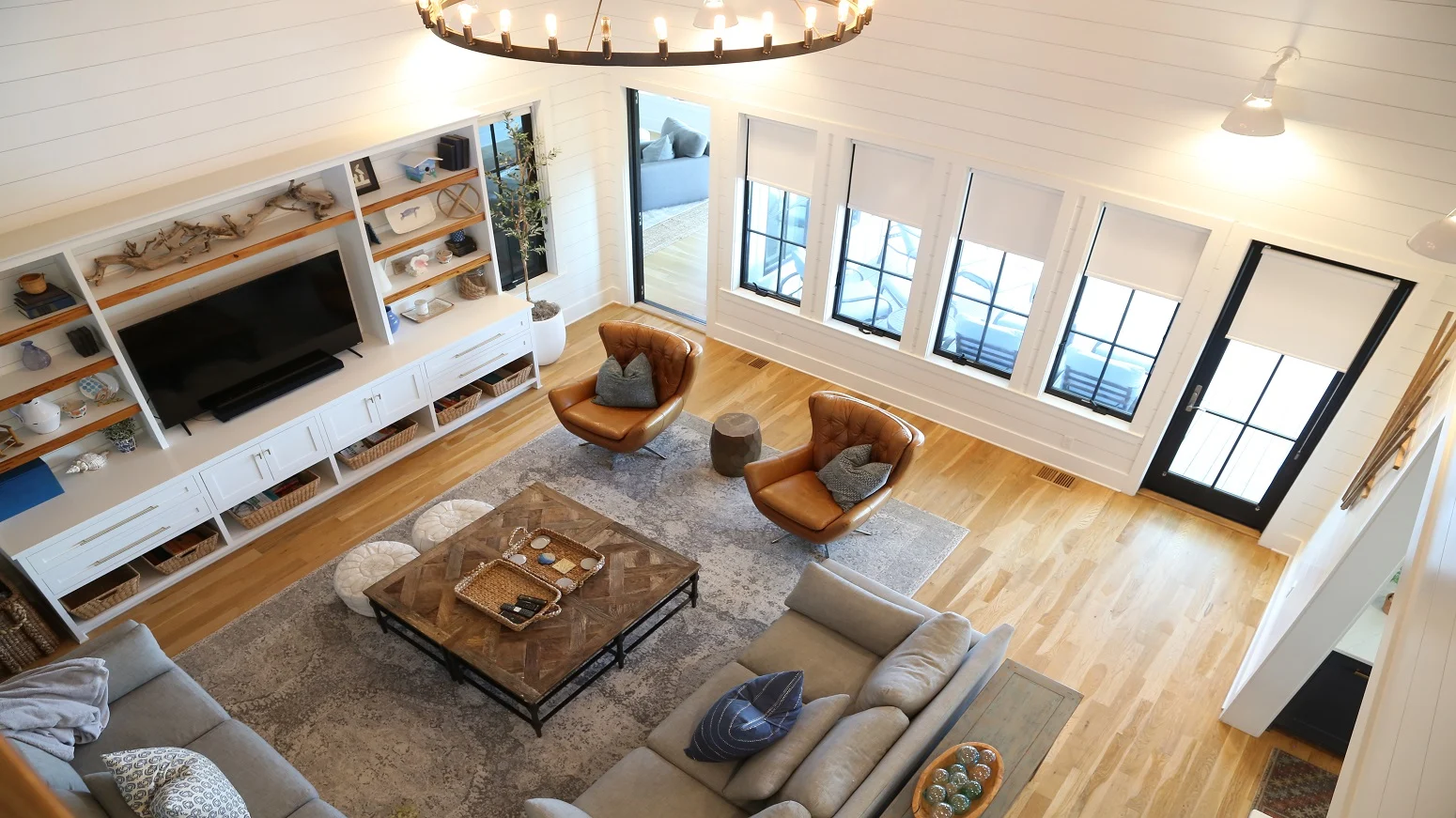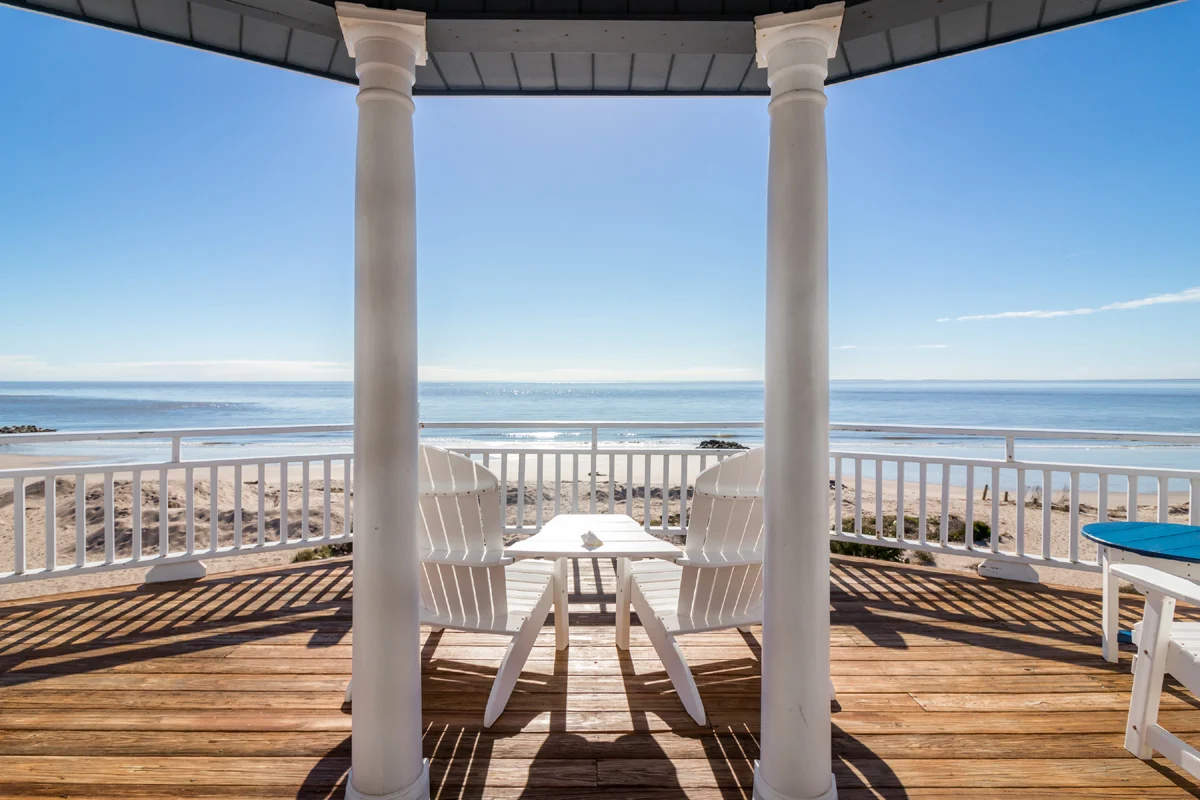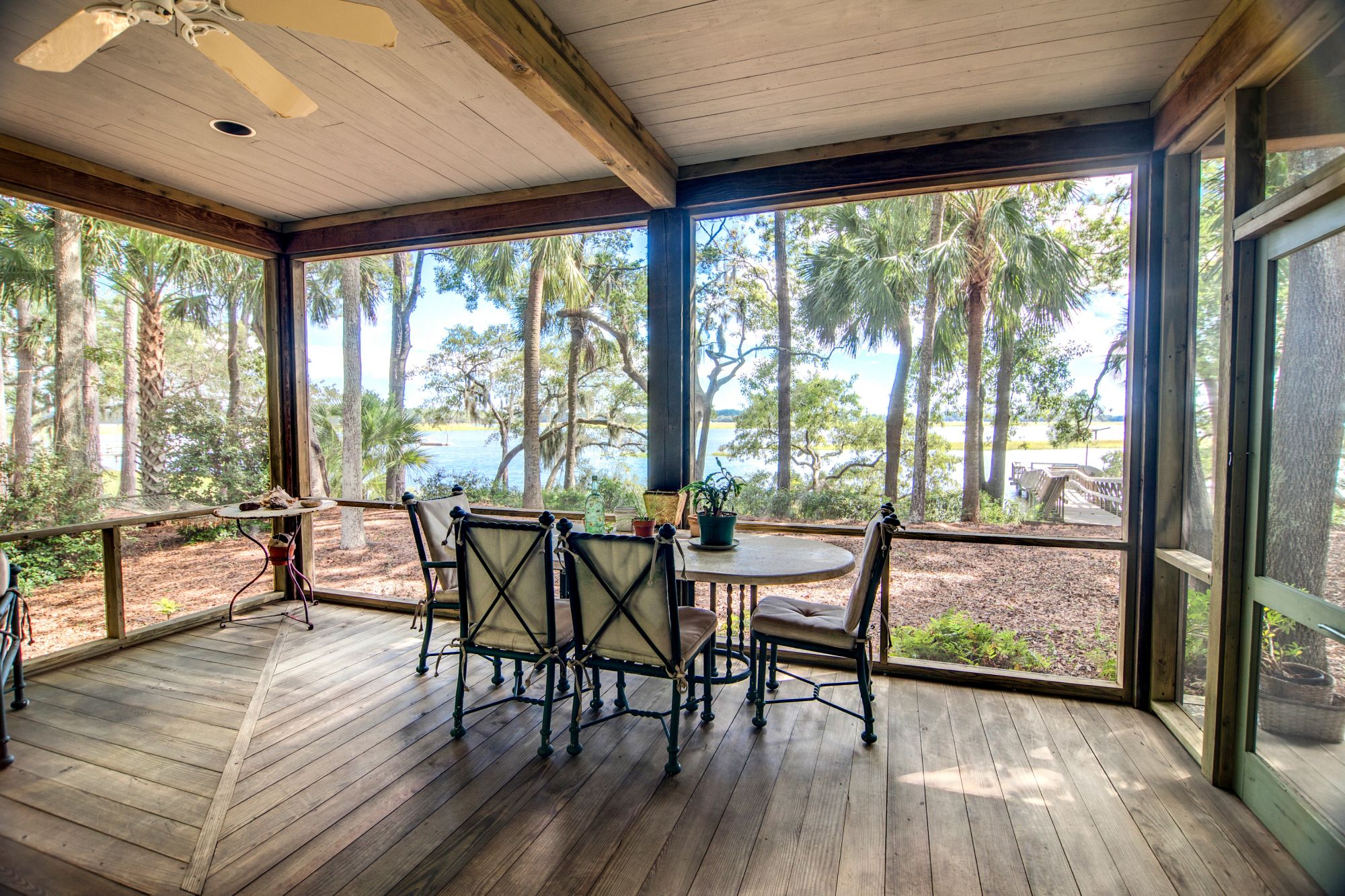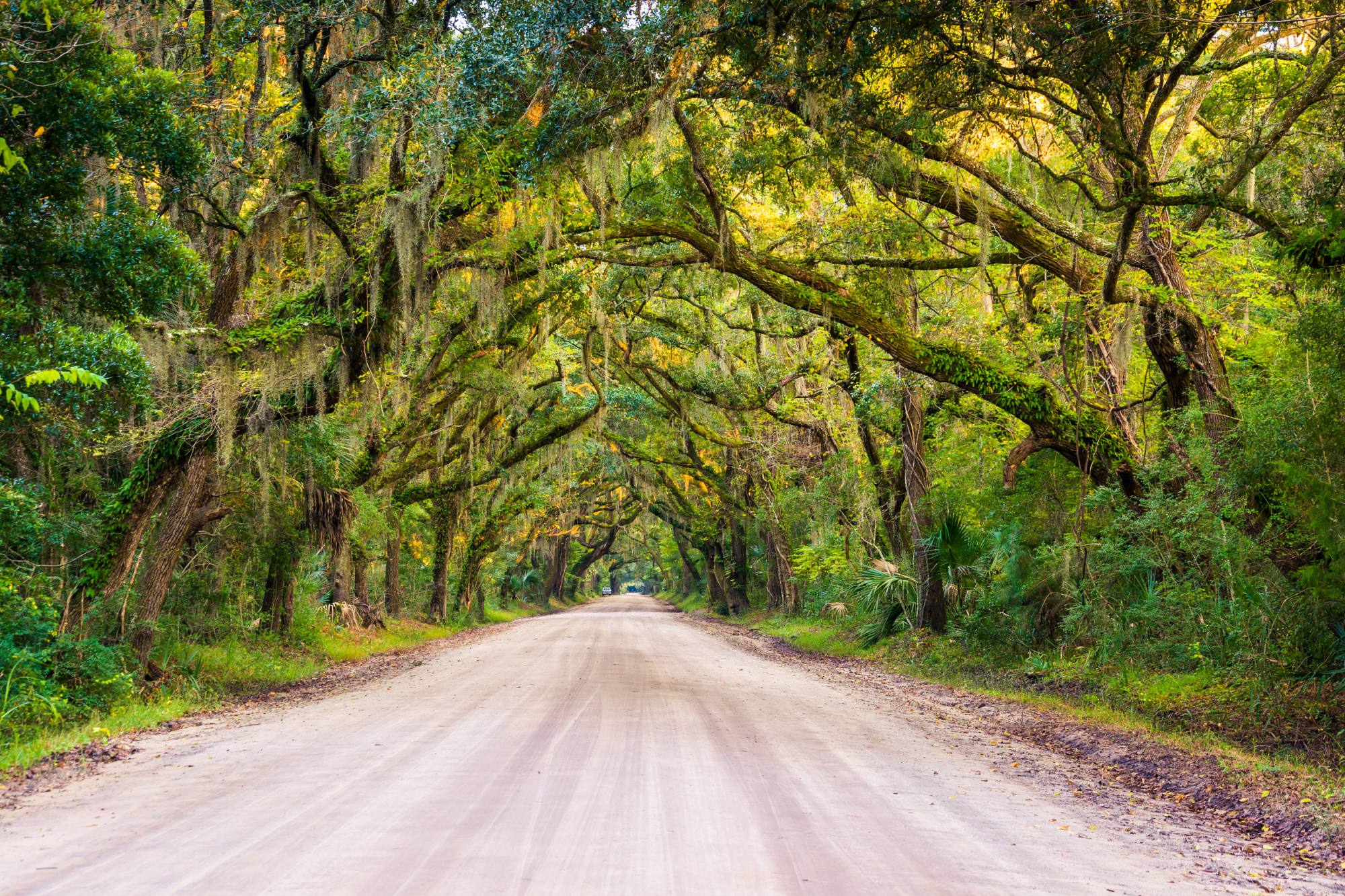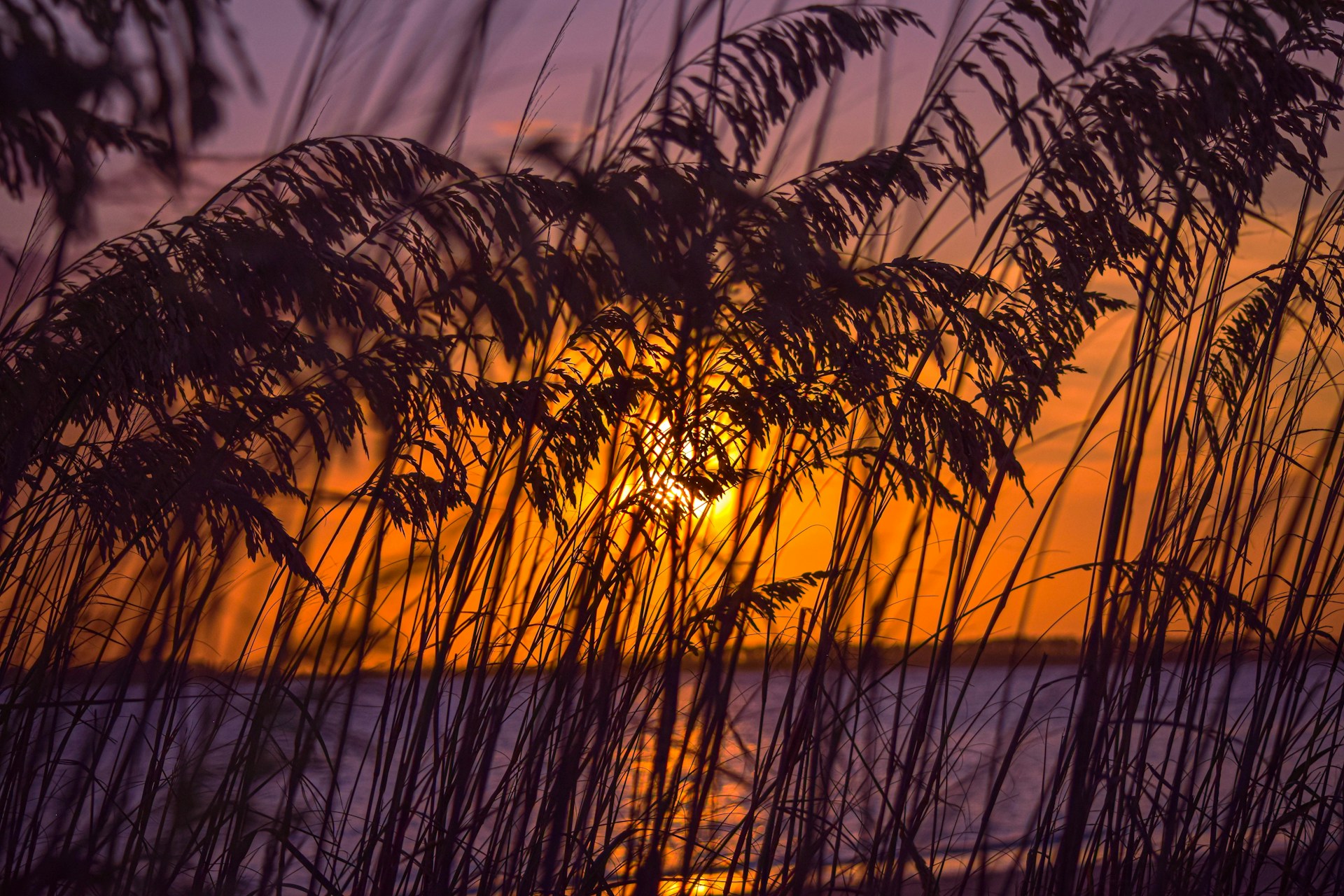Our Rich Island History
is Around Every Corner.
Edisto Islands History
The notice above was mailed to prospective Edisto Beach guests in 1947. Advertising a front beach room for $6.50 with three “excellent” meals it was a bargain by any standard. While Mrs. Lybrand was listed as the manager, Harvie Lybrand played an active role not only in the Ocean Villa, as it was known to this day, but in the development of Edisto Beach. He also founded Edisto Realty.
Everywhere you go both on the beach and on the back island history surrounds you.
The natural beauty and architecture of Edisto are the sum of what has gone before. The earliest Native Americans fished, farmed the land, and built villages that survive as artifacts and shell mounds. Spanish Jesuit priests came to preach the gospel to Native Americans from a mission on St. Pierre’s Creek. Other Spanish did not have such good intentions – Spanish pirates came up the North Edisto in 1686, sacking area homes and leaving Paul Grimball’s house in ruins.
British settlers and the Africans they enslaved came to stay. They built homes, grew indigo, experimented with rice, and created an era of great wealth with the cultivation of Sea Island cotton.
During the Civil War, northern soldiers and teachers from the Freedman’s Bureau came to the island. Three teachers lost their lives here and are buried in the cemetery of the Presbyterian Church on Edisto Island.
The boll weevil was an unwelcome visitor in the 1920’s. In its wake fields of vegetables took the place of fields of cotton. In the twentieth century houses were built on Edisto Beach and tourists came to rent them for vacations and to camp at Edisto Beach State Park.
All those who have lived and visited here have made their mark on the island, look for them as you visit and learn more.
Provided by the Edisto Island Historic Preservation Society www.edistomuseum.org



